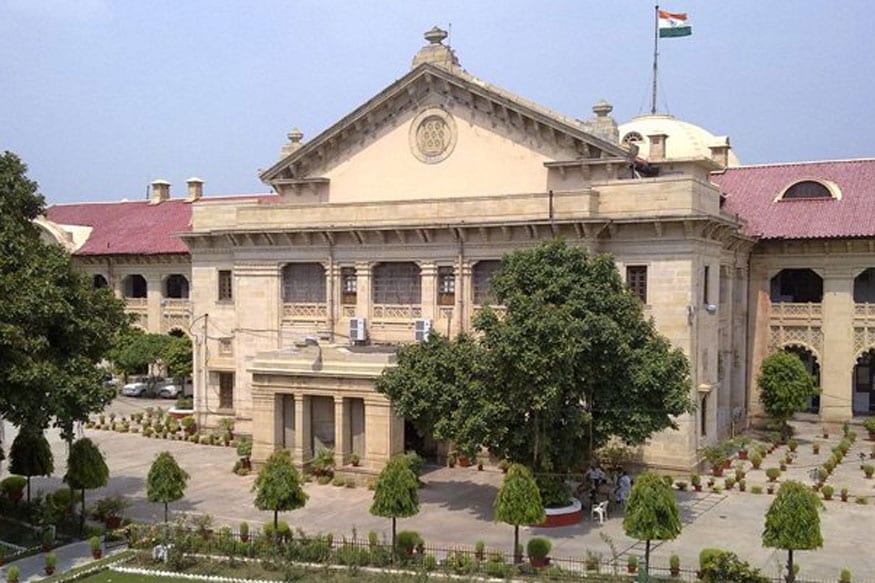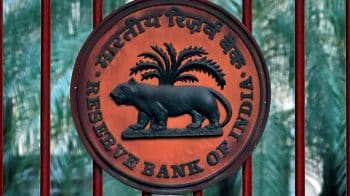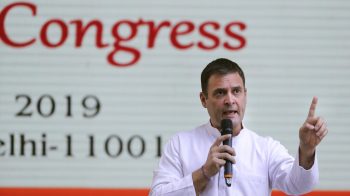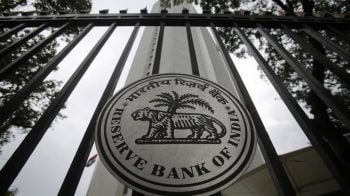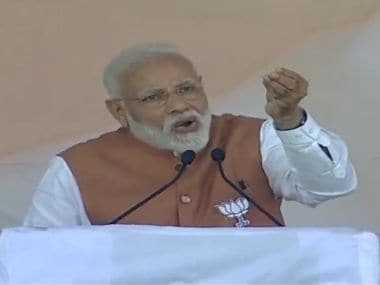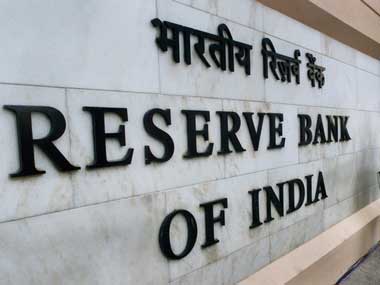Forgetting the past and wanting to start afresh from scratch, Peugeot decided to move ahead with Citroen to woo the Indian buyer
Top executives of France’s largest carmaker PSA Peugeot Citroen made public their India plans on April 3 and spoke in detail about their product, brand and production strategy.
But unlike its peers like Renault-Nissan, Kia Motors and Volkswagen, who are pumping in multi-crore investments at one go to grab a slice of India’s burgeoning automotive pie, the PSA Group is moving ahead cautiously.
This is why its board headed by Carlos Tavares, who led the battery of senior executives at the company’s maiden press event in Chennai on April 3, gave volumes and market share targets that were far less ambitious than the company's European and Japanese counterparts.
Peugeot's brand got a dent, following its abrupt India closure and exit in late 1990s, and the subsequent desertion of plans in 2012. And that forced the group to introspect.
Forgetting the past and wanting to start afresh from scratch, Peugeot decided to move ahead with Citroen to woo the Indian buyer; notwithstanding the fact that Citroen is even a lesser known brand in India than Peugeot.
Speaking to Moneycontrol, Linda Jackson, CEO, Citroen brand, Groupe PSA, said, “One of the reasons why we chose Citroen is because we feel it is the right brand for India. It has got a very disruptive and modern brand approach, something which we believe will make us stand out. Citroen products are very fresh and we believe that our target of being mainstream, which is the heart of the market, gives us the advantage of being disruptive than a premium brand that has a less leeway of doing just that."
PSA will be using Hindustan Motors' factory in Tamil Nadu, with a modest capacity of 100,000 units a year. In comparison, the Renault-Nissan JV began with a capacity of 250,000 units several years ago. Kia’s Andhra Pradesh-based plant has an initial annual capacity of 300,000 units.
Product offenceCitroen will start off with sports utility vehicles (SUV) as against Peugeot’s ploy of getting sedans and premium hatchbacks in earlier instances. SUVs are the safest bet for any company considering the buoyant demand for them in India, despite a weaker broader demand trend for other personal vehicles.
In Europe, Citroen is known for smaller vehicles like compact hatchbacks, mini and mid-size SUV and vans. The C5 Aircross SUV that it plans to get to India is their flagship SUV and is as big as the segment bestseller Hyundai Creta. The C5 will go on sale in India at the end of 2020.
While the C5 Aircross, which is also its costliest vehicle, will act as a brand builder for Citroen in India, vendor sources said that PSA wants to go for a Renault Kwid-like compact hatchback in later years to go head-to-head with market leader Maruti Suzuki.
“Launching the C5 is all about building the brand because people do not know about the Citroen brand in India. Citroen is a ‘mainstream’ brand in Europe, but here it could be ‘mainstream to premium’, which means we won’t be the cheapest nor would we be the most expensive. It will be value for money,” Jackson added.
PSA Group has promised to launch one new model every year from 2021 in India, including hybrid and battery electric options. “The ‘top-down’ approach will help Citroen establish itself as a credible brand. The same strategy is adopted by Volkswagen and Kia”, said an analyst tracking the entry of new carmakers in India.
To avoid a Nissan-Datsun fiascoPeugeot will do well to know what happened to Nissan.In an effort to keep Nissan at the premium end of the spectrum, the Japanese company launched its step down brand Datsun at a cheaper price point targeting the mass market. Despite years of trying, both brands have less than half of the targeted five percent market share of the Indian car market.
While the entry of Citroen does not bar Peugeot from debuting in India, the PSA Group, however, is cautious of not launching brand Peugeot at a time when Citroen is trying to find its footing in India. In the longer run, Peugeot may enter India with a higher price proposition than Citroen.
It aims to raise the local content (components bought within India) in its cars well above 90 percent to keep development cost and thus the final sale price of its vehicles under check.


















